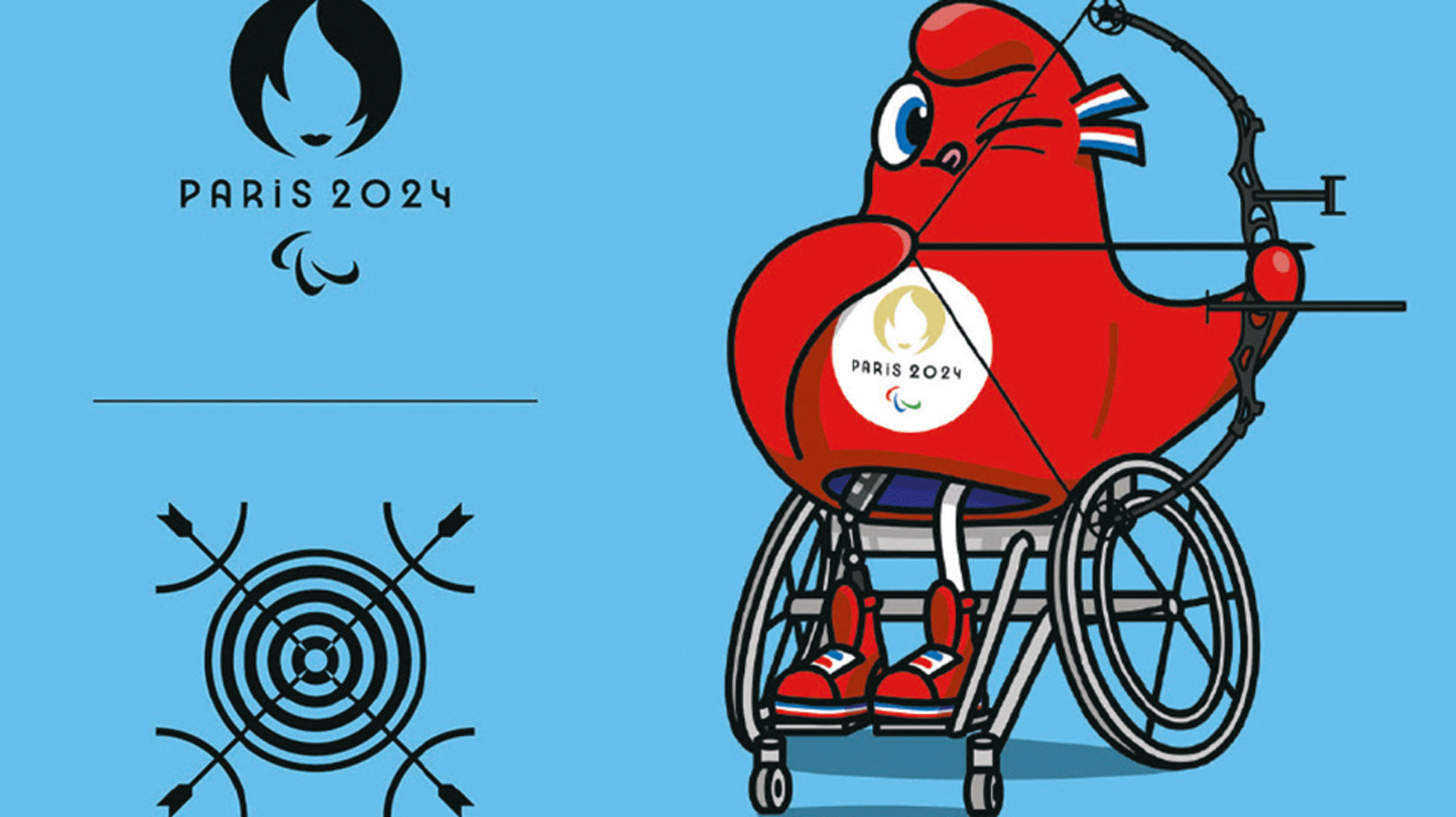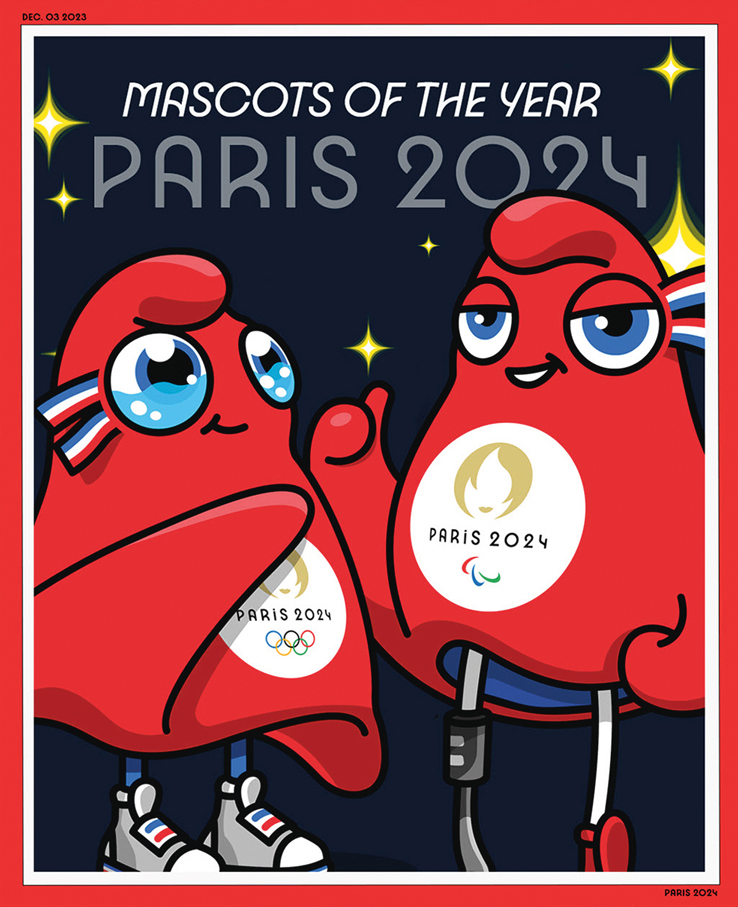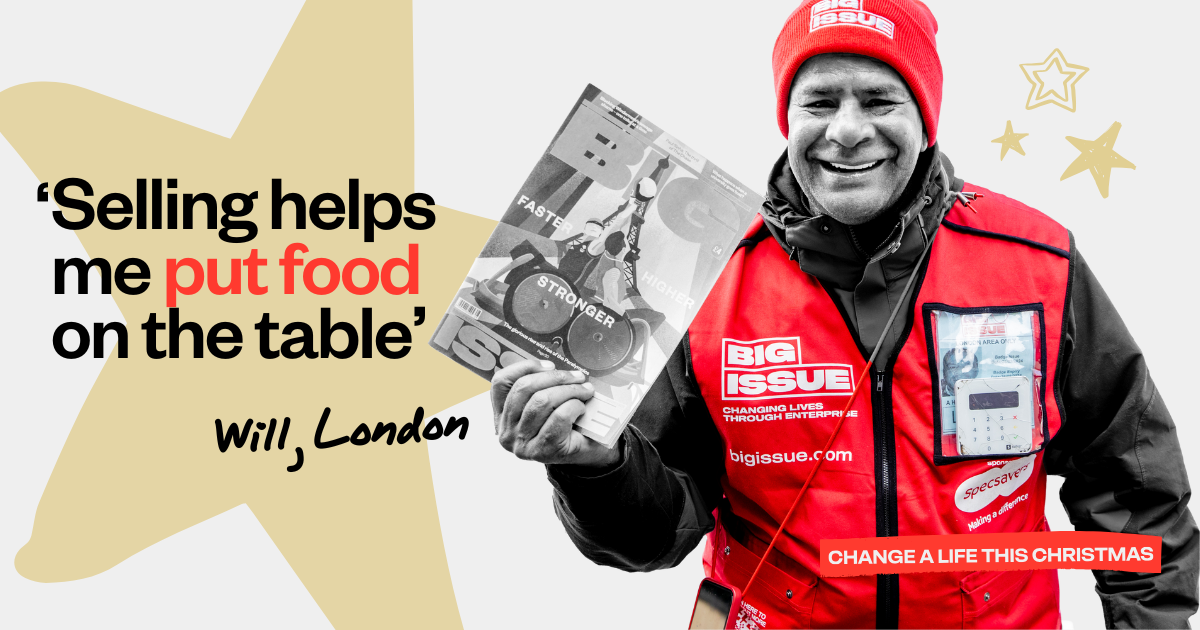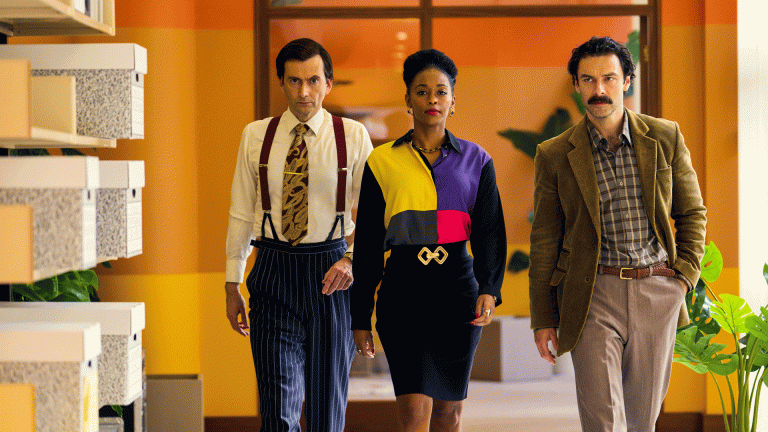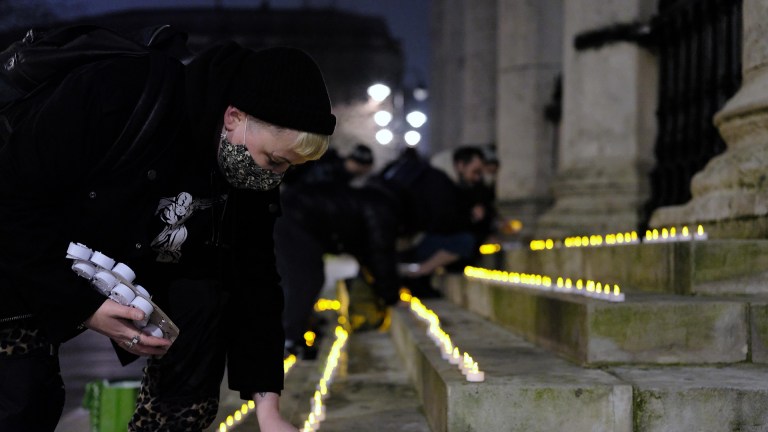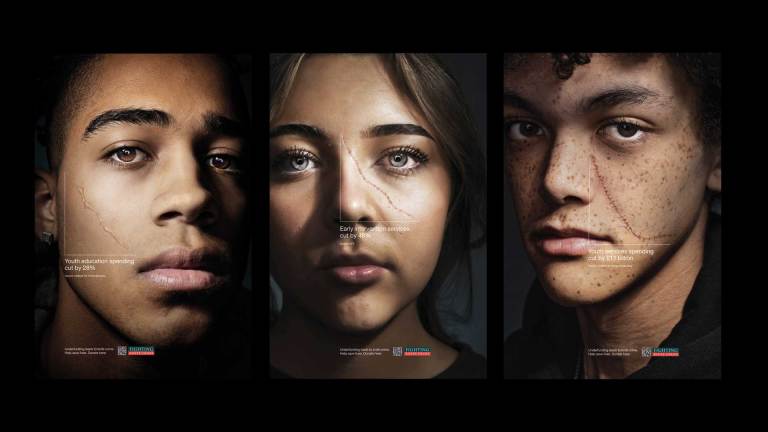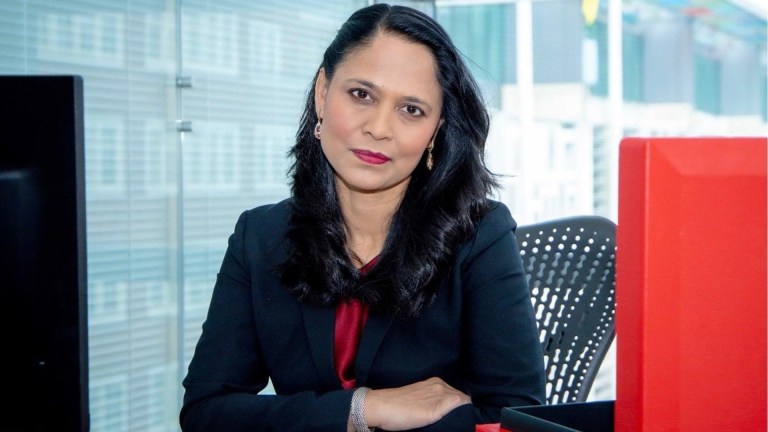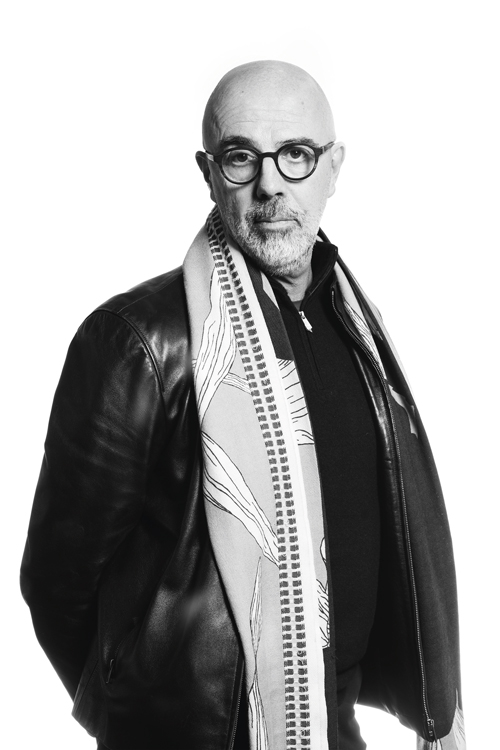
The sentiment around the Paralympic Games hasn’t always been entirely positive. Even when the focus has been empowering athletes and spectators, the event’s tone has been accused of being misguided at best, patronising at worst. Historically, brand, communications and marketing have been the three guilty parties here.
From a brand perspective, the Paralympic Games has sometimes been trivialised and treated as a lesser version of the Olympics. From a visual identity perspective, graphic elements like the emblem and pictograms have appeared as tweaked versions of the Olympic assets, with little thought given to their design.
Channel 4 missed the mark with its 2012 and 2016 promotional campaigns that positioned Paralympians as ‘superhuman’, suggesting that there’s something heroic about being disabled. The term ‘superhuman’ was first associated with freak shows over 100 years ago.
The team behind Channel 4’s 2024 ad, including in-house creatives and the disability-focused communications consultancy Purple Goat, have definitely corrected the mistakes of old, and now position Paralympians as elite athletes rather than people ‘doing well, considering’. But there’s still some way to go when it comes to changing public perceptions.
According to research from adam&eveDDB, people tend to use the word ‘competing’ when talking about the Olympics but ‘participating’ when talking about the Paralympics. It’s seemingly minor semantics like this that puts a chasm of difference between the two events.
- Don’t underestimate the power of the Paralympics
- These Paralympics heroes are also Big Issue sellers
The visual and verbal language is now evolving, with narrative around athletes ‘overcoming disabilities’ being ditched in favour of showing them as world-class elite sportspeople.
